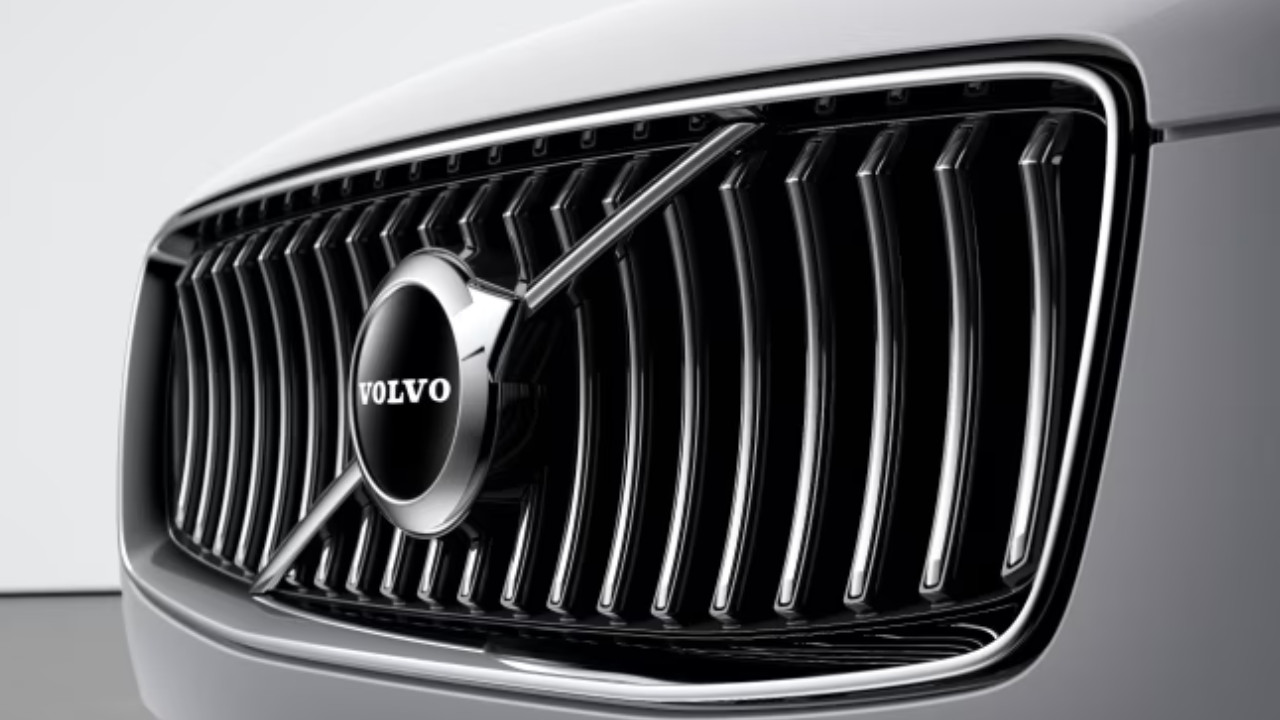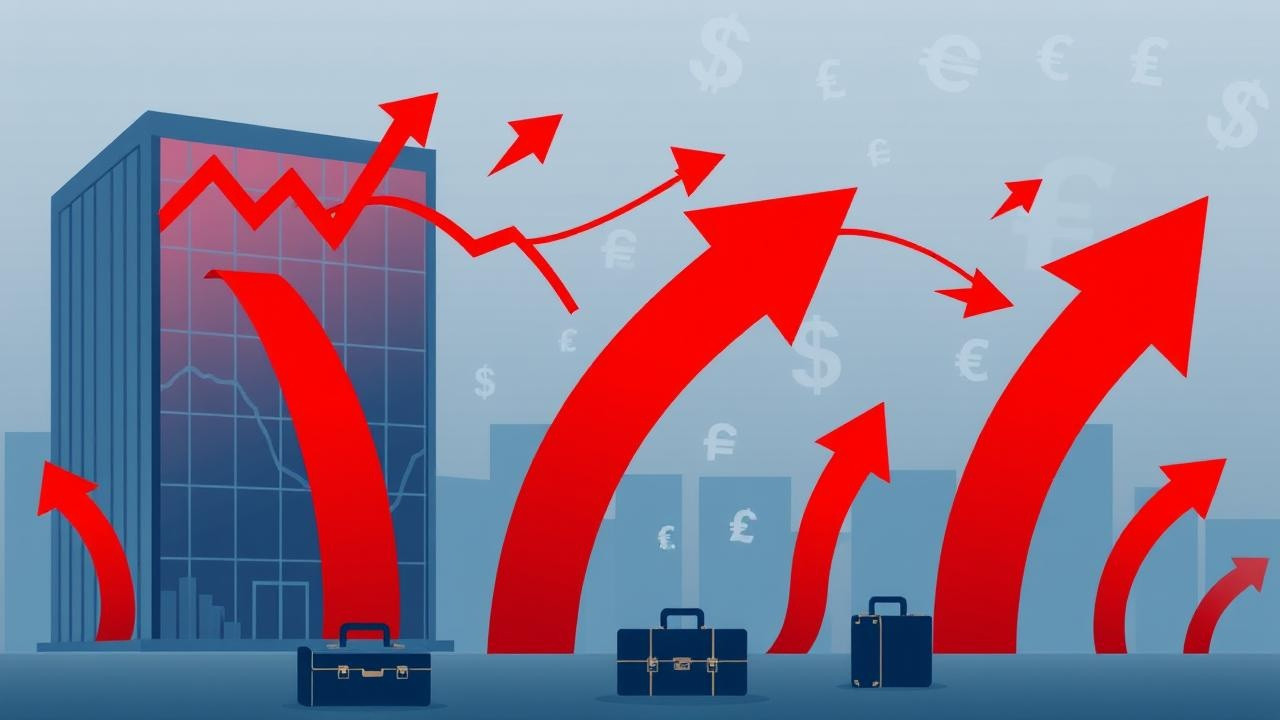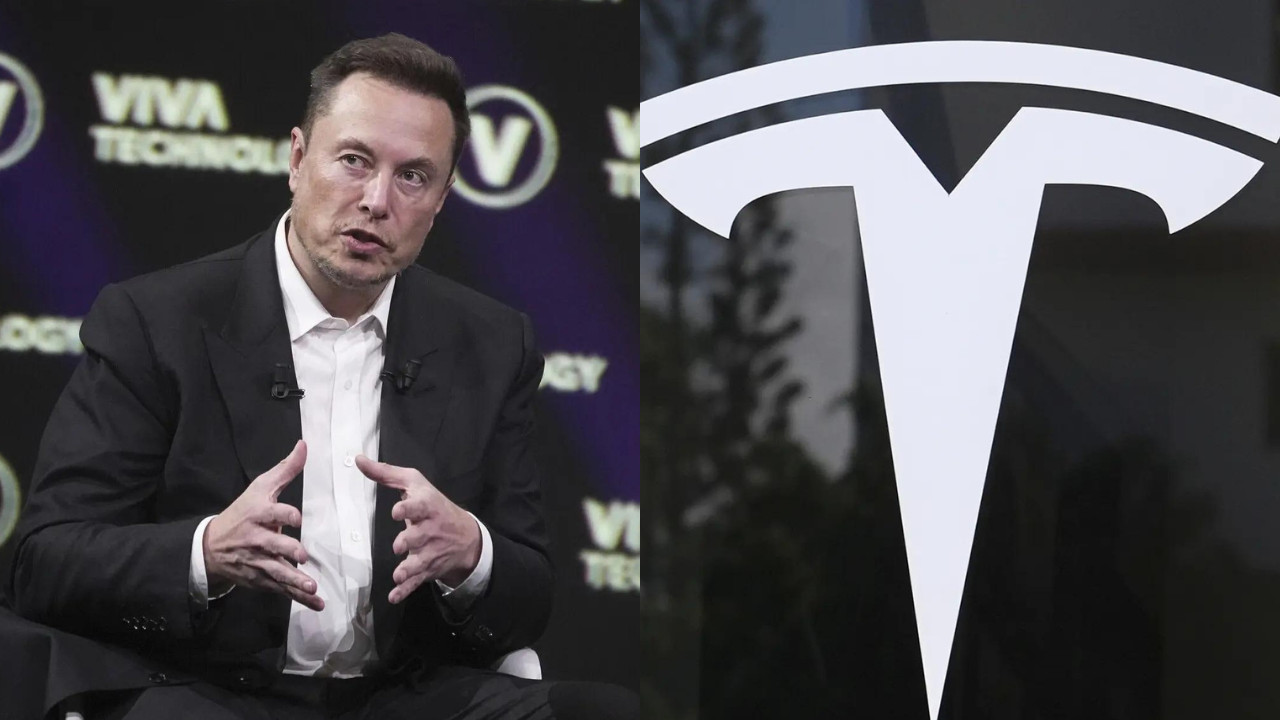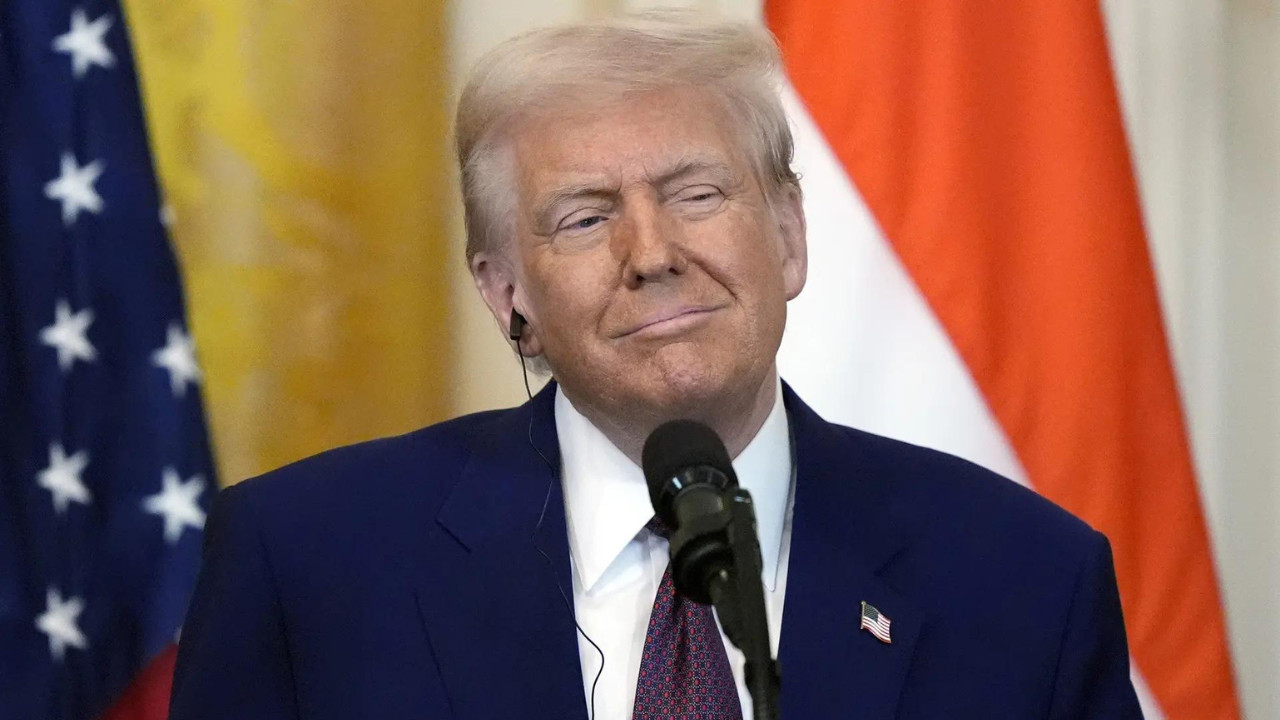Volvo’s Electric U-Turn: Why the Brand Isn’t Ditching Petrol Just Yet
Remember when Volvo declared it was going all-electric by 2030? The automotive world took notice. It felt like a definitive statement, a line drawn in the sand marking the inevitable triumph of EVs. But plans, as they often do, have shifted. It appears Volvo India is pumping the brakes, at least for now, on its complete electric vehicle transformation. What gives?
For those eagerly anticipating a future dominated solely by electric Volvos, this news might sting. The initial vision was bold: phase out internal combustion engine (ICE) vehicles entirely within the decade. However, the reality on the ground in India, and indeed in many other markets, is proving more nuanced. The pace of EV adoption isn’t quite matching the initial projections.
The Roadblocks to an All-Electric Future
Several factors contribute to this slowdown. The most significant? Infrastructure. A robust charging network is crucial for widespread EV acceptance. While progress is being made, India’s charging infrastructure still lags behind what’s needed to alleviate “range anxiety”—the fear of running out of charge—for potential EV buyers. Without convenient and reliable charging options, many consumers remain hesitant to make the switch.

Cost is another major consideration. Electric vehicles, even with government subsidies, often carry a higher price tag than their petrol or diesel counterparts. This price gap can be a significant barrier, especially in a price-sensitive market like India. While running costs for EVs are generally lower, the initial investment can be a hurdle too high for many.
Then there’s the issue of perception. Many still view EVs as a relatively new and unproven technology. Concerns about battery life, performance in extreme temperatures, and the availability of qualified service technicians contribute to this hesitation. Overcoming these perceptions requires ongoing education and demonstration of the reliability and practicality of EVs.
A Pragmatic Approach: Embracing Hybrid Technology
So, what’s Volvo’s adjusted strategy? It’s not a full retreat from electrification, but rather a pragmatic adjustment to market realities. Instead of abruptly ending ICE vehicle sales, Volvo India is now focusing on a more gradual transition. This means continuing to offer petrol models alongside its growing range of electric vehicles. The brand also leans into hybrid technology. Plug-in hybrids (PHEVs) represent a compelling bridge, providing the benefits of electric driving for shorter commutes while offering the security of a petrol engine for longer journeys. This hybrid approach aims to cater to a broader range of customer needs and preferences, accelerating overall adoption of EVs as charging infrastructure improves and consumer confidence grows.
This revised strategy also allows Volvo to leverage its existing expertise and infrastructure. Maintaining ICE models means keeping its manufacturing and service capabilities for those vehicles intact, ensuring a smoother transition.
The Long Game: Focusing on Volvo EV Growth
Despite this strategic recalibration, Volvo remains firmly committed to its long-term electric vision. The company continues to invest heavily in EV technology, developing new models and enhancing battery performance. The recent launch of the Volvo C40 Recharge is a testament to this commitment.
This electric crossover, alongside the popular XC40 Recharge, demonstrates Volvo’s dedication to providing compelling EV options. The brand plans to further expand its electric portfolio in the coming years, with a focus on delivering vehicles that are not only environmentally friendly but also offer a premium driving experience.
The core message here? Volvo is adapting to the present while building for the future. The all-electric goal hasn’t vanished; it’s simply being approached with a dose of realism. By offering a mix of ICE, hybrid, and all-electric vehicles, Volvo hopes to attract a wider customer base and accelerate the transition to sustainable mobility in India, and around the globe. Consider reading more about Volvo’s sustainability initiatives on our company blog.
A Sustainable Future, One Step at a Time
Ultimately, Volvo’s revised approach highlights the complexities of transitioning to an all-electric future. While the ambition is admirable, success requires a flexible and adaptable strategy that takes into account the unique challenges and opportunities of each market. By embracing a phased approach, Volvo is increasing the likelihood of its long-term electric vehicle ambitions becoming a reality. This nuanced approach allows them to meet immediate customer needs while paving the way for a truly sustainable automotive landscape.






